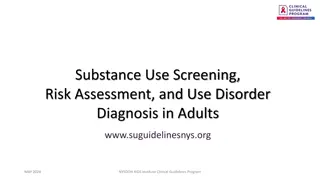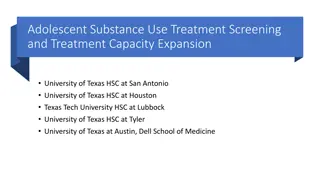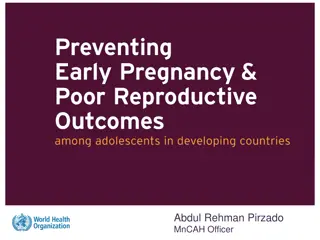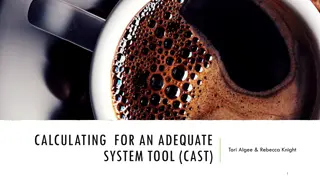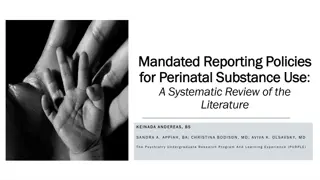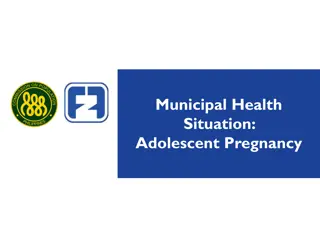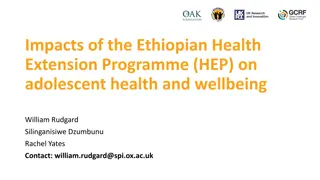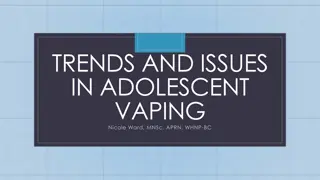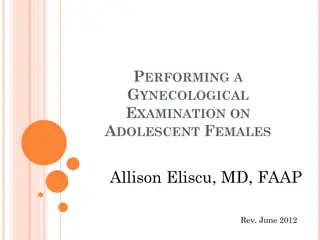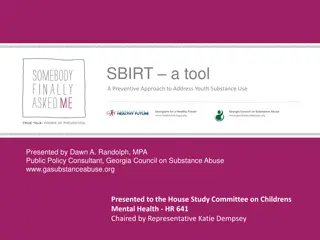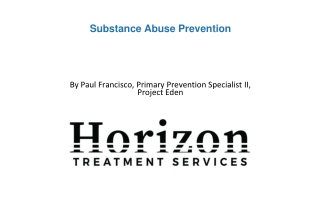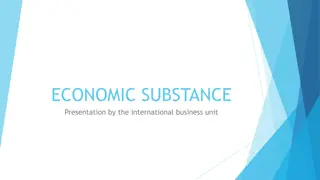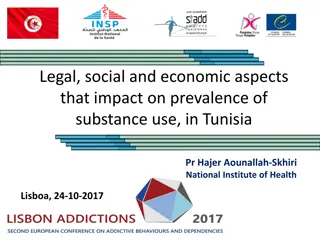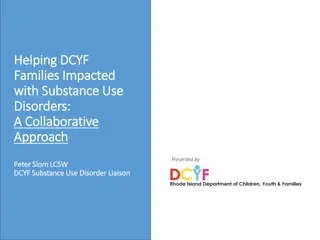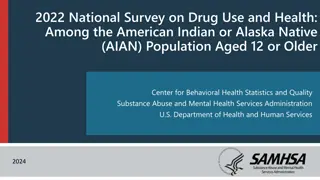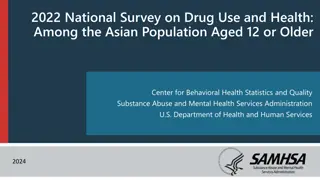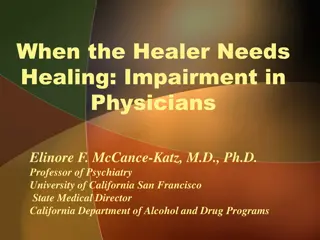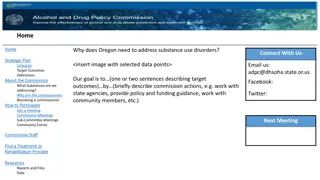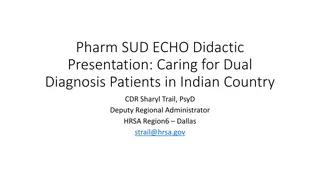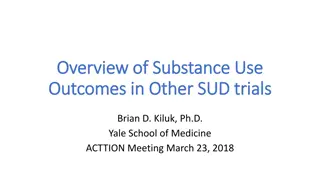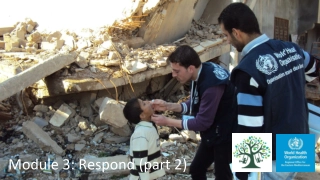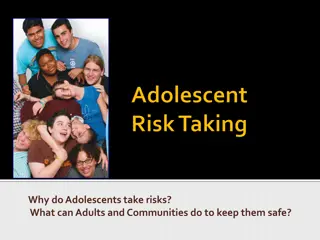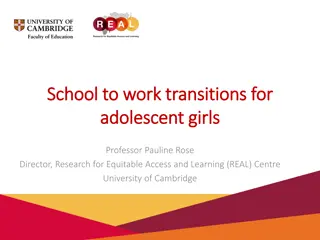The Role of National Policies in Adolescent Substance Use
This study focuses on the impact of national policies and perceived availability on alcohol, cigarette, and cannabis use among European students. Despite declining trends in alcohol and smoking, these substances remain prevalent among young people, causing harm. By examining availability and prices as effective tools for reducing consumption, the study aims to address the association between policy measures and substance use. A multilevel approach combines individual students' responses on substance use and perceived availability with external country scales on policy comprehensiveness and strictness.
Download Presentation

Please find below an Image/Link to download the presentation.
The content on the website is provided AS IS for your information and personal use only. It may not be sold, licensed, or shared on other websites without obtaining consent from the author. Download presentation by click this link. If you encounter any issues during the download, it is possible that the publisher has removed the file from their server.
E N D
Presentation Transcript
Prevalence study, ESPAD 2015 Tentative title: The role of national policies and perceived availability for the use of alcohol, cigarettes and cannabis among European students CAN H kan Leifman, Director CAN Swedish Council for Information on Alcohol and Other Drugs
The study A study in collaboration with most ESPAD Principal Investigators New finalised, but a work in progress Different from previous draft Based on data from latest data collection in year 2015 Focus on use of alcohol cigarettes and cannabis use the impact of availability and prices
Rationale Despite declining trends in alcohol and smoking (and stable cannabis levels): still common among young people Adolescent substance use causes harm Thus, important to achieve further decreases From a public health perspective: availability and prices among the most effective instruments for reducing consumption at the population level (most evidence from alc and cig) Little research on the association between availability/price and use of alcohol, cigarettes and cannabis among adolescents The aim of the present study is thus to address this topic
Multilevel approach Individual level: each student s answers on using alcohol, cigarettes and cannabis (frequency of using) each student s answers on perceived availability for each substance for all three substances (perceived availability and use): using all response categories, thus not dichotomous measures
Multilevel approach Country level: Not aggregating ESPAD-individual level data. Instead: external country scales on comprehensiveness and strictness of alc -, tob- and cann policy Alcohol: Scaling alcohol control policies in Europe (latest version refers to 2012 (sum of seven sub-scales) (Karlsson & sterberg) Cigarettes: The Tobacco Control Scale latest update 2013 (sum of six sub-scales) (Joossens, L. and M. Raw) Cannabis: Not available. We created a simple new scale that measured the degree of decriminalization: the growth of cannabis, the sales of cannabis, and the possession of cannabis. (from 1 (all activities decriminalized) to 4
Multilevel approach Country level: Prices Purchasing power parity adjusted) on alcohol, tobacco obtained from Eurostat Cannabis prices, from EMCDDA and then purchasing power parity adjusted (lowest price of the two series: cannabis resin, herbal cannabis) Scales not available for all 35 ESPAD 2015- countries. In this study 24 countries included
Multilevel approach Individual level: Perceived availability for alc, cig cann Fq of use of alc, cig, cann past 30 days Country level: Strictness of alc, cig cann policy Prices on alc, cig cann
Results, country level: the relationship between tobacco policy scale, cig prices and frequency of smoking 3 3 2 2 1 1 0 0 20 25 30 35 40 45 50 100 150 200 250 Tobacco policy scale Tobacco price Smoking Fitted values Smoking Fitted values
Results, country level: the relationship between alcohol policy scale, alc prices and frequency of alcohol use 6 6 4 4 2 2 0 0 20 40 60 80 100 50 100 150 200 250 Alcohol policy scale Alcohol price Drinking Fitted values Drinking Fitted values
Results, country level: the relationship between degree of decriminalisation (crude scale), prices and frequency of cannabis use 2 2 1.5 1.5 1 1 .5 .5 0 0 1 2 3 4 .05 .1 .15 .2 .25 .3 Cannabis Legislation Cannabis price Cannabis use Fitted values Cannabis use Fitted values
Results, estimates from multilevel models (Poisson regression) Smoking Drinking Cannabis use EST SE p EST SE p EST SE p Individual level: Perceived availability 2.680 0.026 <0.001 2.232 0.014 <0.001 4.092 0.029 <0.001 0.100 0.008 <0.001 0.276 0.005 <0.001 0.575 0.011 <0.001 Male Country level: -0.413 0.022 <0.001 -0.315 0.072 <0.001 -0.029 0.036 0.430 Policy -0.338 0.016 <0.001 -0.773 0.052 <0.001 -0.216 0.027 <0.001 Price All covariates (except Male) were logged which implies that the estimates (except for Male) can be interpreted as elasticities: 1% increase in X leads to X% increase in Y.
Thus Individual level: Perceived availability is strongly statistically significant for all substances; strongest for cannabis use Country level: The strictness of tobacco and alcohol policy is inversely related to freq. of smoking/alcohol use. Legal regulation of cannabis is not related to the freq of cannabis use. All price elasticities are statistically significant and of the expected sign; the strongest observed for drinking. Thus, not only individual level association, also on the country level countries policies: individual s risk reduces with increased degree of strictness in national policies (cannabis?) More or less expected results. In line with previous result. Policies and prices matters?!
Strengths and limitations A multilevel approach: using external country level data on availability and price (not aggregating ESPAD-individual level data) Using external policy scales that differentiate countries in degree of strictness (for alcohol and tobacco) Cannabis scale very crude, be developed? Cross-sectional data: causality could work in both directions. Time dimension - use also earlier ESPAD-years? Could look different in different group of countries not necessarily the same relationship in all countries. Maybe be developed?


